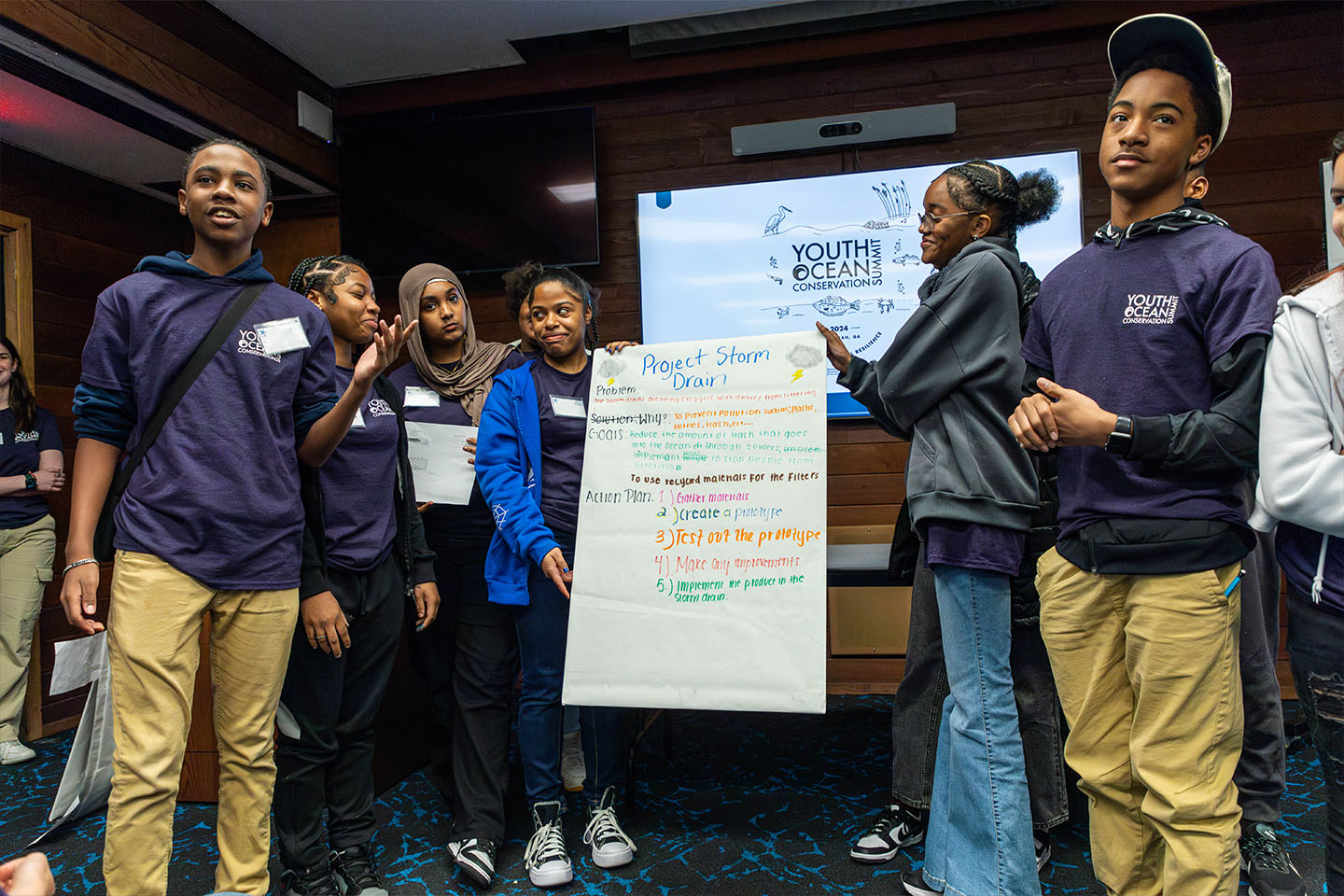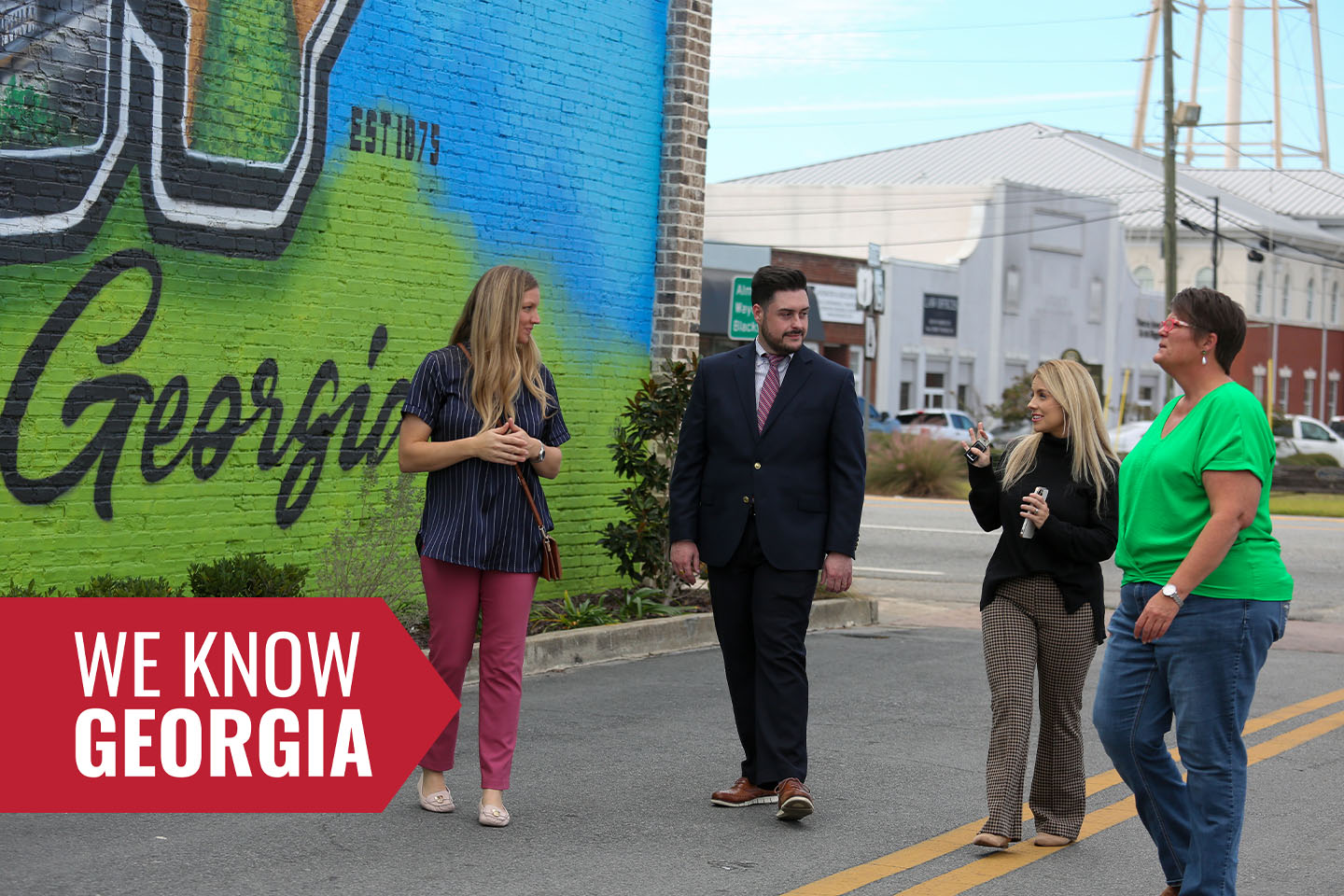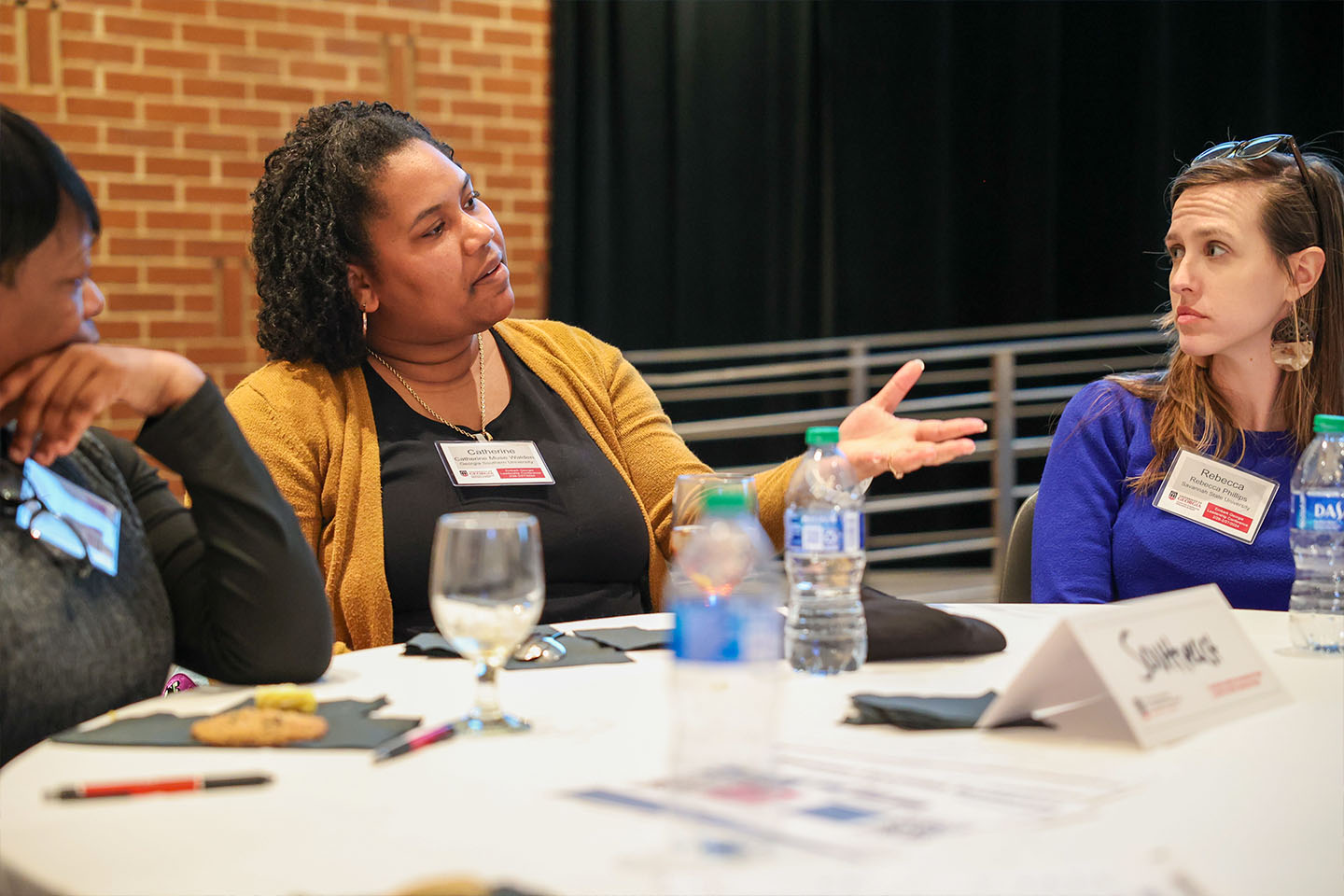It might take a wet sack of oysters roasting over a fire to prove it, as well as a shuck or two until briny liquor hits taste buds, but Georgia is home to some dang fine bivalves.
Folks who live along the coast know well the gray clusters of oyster shells that construct themselves along Georgia’s intertidal marshes. They’re harvested in clumps, not singles, and are perfect for beach parties where friends gathered around embers wait to pry the olive-colored prizes from their calcium carbonate homes.
Research conducted along Georgia’s coast by University of Georgia extension scientists and the Georgia Sea Grant over the last few decades helped the state’s oyster population rebound from near extinction a century ago.
And new research projects implemented in the last three years begat a seafood industry mostly foreign to Georgia’s coast: singles, or oysters perfect for half-shell service.
When Justin Manley first arrived at the Georgia coast 10 years ago, here to study marine science at Savannah State University, friends served him oysters raised in Texas at his first official oyster roast.
“I knew the water quality was high” for farming oysters, Manley said. “I wondered why no one was doing it.”
Manley is now one of a select few of oystermen sustainably farming the coast for single oysters, as well as cluster oysters and clams.
One hundred years ago, Georgia’s coast line produced more oysters than the nation could stomach. Most of the meat ended up in cans; much of the intertidal marshes ended up overfished. But years of work by Georgia Sea Grant and UGA’s marine extension service, MAREX, recovered the coastline from the brink.
The coast now is so healthy estuary-wise that Manley’s Spatking Oysters and other sea farmers like Whitehouse Seafood and Sapelo Sea Farms are building strong businesses out of brine. Spatking is the only coastal company successfully farming single oysters, supplying a number of Savannah restaurants who buy every bivalve Manley pulls out of the water.
“My oysters are spoken for,” he said. Georgia’s oyster season wraps up April 1. Contrary to popular opinion, Manley said, the best time to eat an oyster is in the winter.
Current oyster populations are better than ever, Manley said. Their habitat has been mostly spared from industrial or commercial development’s impact, and the region boasts so much spat, the larvae from which oysters grow, that seafarmers consider its abundance both a blessing and a curse.
Daniel DeGuire, a Canadian-born oysterman who’s been seafarming in Georgia for seven years, currently with Whitehouse Seafood, said “other places are buying spat to grow,” DeGuire said. “We have to try and get away from it.”
Spat collects on surfaces resting in the mucky, often submerged sand. Sometimes it’s a man-made or man-placed surface like piles of used oyster shells or bundles of oak branches. Researchers, alongside Spatking and Whitehouse, discovered that PVC seasoned underwater for a few weeks made a perfect base on which oysters can thrive. But there’s still that spat problem.
So much oyster larvae swims around Georgia’s coast. The spat collects and collects on a surface, creating the craggy clusters Georgia is known for: wide outcroppings where oysters grow in masses.
What makes Georgia’s new oyster industry sustainable, Manley said, is the wild spat. Keeping “non-endemic” spat out of Georgia’s intertidal reefs is integral to the coast’s ecological identity, Manley said.
Building a hatchery for Georgia spat is a main goal of the Georgia Shellfish Grower’s Association to which Spatking and Whitehouse, among many others, belong.
Whitehouse and Spatking both use PVC, but in different ways.
Manley drives a PVC pipe far into the wet intertidal sand to collect spat. He then transfers those young oysters to mesh nurseries where they’ll grow for a few months — protected from attracting more spat — with Manley agitating them to strengthen their shells.
After a minimum of six months, but preferably 15 to 18 months, a meaty, single oyster is produced perfect for white-linen tablecloth restaurants.
Whitehouse uses PVC tents to grow clusters of oysters that mimic and augment naturally occurring oyster reefs. Building new reefs like this, DeGuire explained, helps businesses like Whitehouse grow sustainably, just like the ecosystem from which they benefit.
When he first started seafarming, the reefs “looked pretty good,” DeGuire said. “But as the business grew, it put additional pressure on the resource, which makes us all the more interested in building new reefs.”
Both Manley and DeGuire are confident the future of Georgia’s oysters is safe from overfishing.
“It’s too labor-intensive to be overfished,” Manley said. And management of fishing ground leases by the Department of Natural Resources will prevent it anyway, DeGuire said.
Big business, DeGuire said, isn’t interested in more expensive domestic seafood. Foreign imports are much cheaper, he said.
“For that reason alone, it may not blossom like it could,” DeGuire said.
This is all great, seafarmers, but how do they taste?
Like fresh lemon grass, Manley said, like the smell of the marsh baking in the sun. Briny, of course, but sweet, too.
“The ocean comes through in the oyster,” Manley said.



